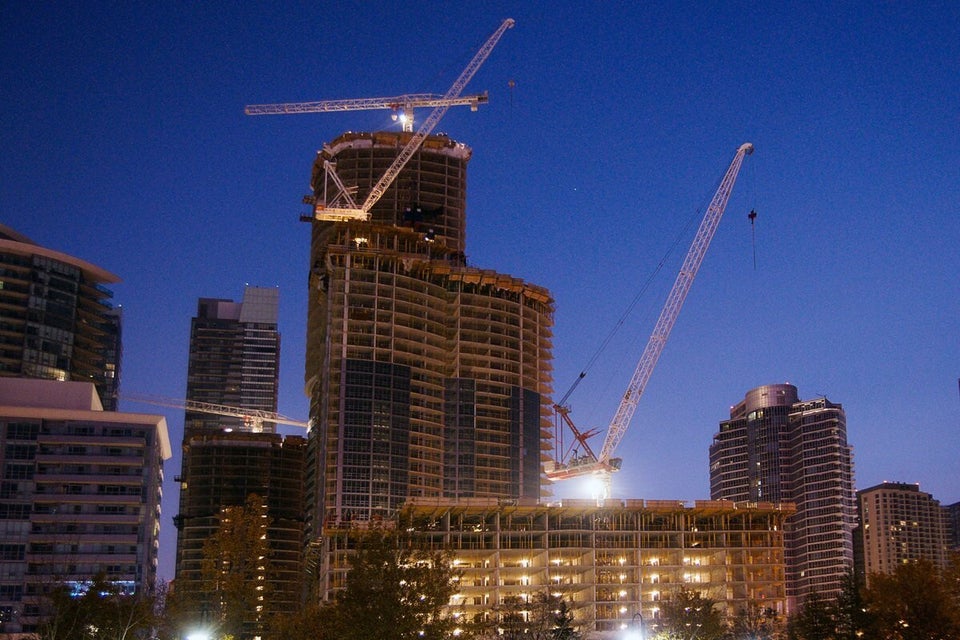Enveloped in cloudless skies, brilliant sun and crystal waters, the delegates at the APEC-CEO summit in Bali had almost perfect conditions for clear communication. The conference didn't disappoint. Presentation after presentation took into account the fast-growth years, the ravages of the crisis, and offered thoughts on the way forward. Were there some key messages for Canadian exporters and international investors?
Nearly every speaker made reference to the disappointing global growth of recent years, and the recent slowing of Emerging Asia. Nonetheless, all took comfort in the observation that growth will be faster in the Asia-Pacific region than anywhere else on the planet. Thoughts were less about how to get growth going again and more about making sure that economies could accommodate continued growth. The contagion of Western pessimism seems to have stopped at Asia's door.
A key and repeated observation was the critical mass in the emerging Asia-Pacific zone. Multiple years of stellar growth rates have doubled and doubled again GDP in China and elsewhere, meaning that even if growth rates are lower in the future, they are growing on a much heftier base -- effectively giving birth to a decent-sized economy every year. Also getting multiple mentions was the consequent growth of the region's middle class. Tens of millions of new entrants to the club are consuming more and moving up the quality scale -- starting with food, but spreading to a wide variety of goods and services. It's doubtful that the region can accommodate these demands on its own.
Another message was the need to move up the production value chain. China is quickly running down that vast surplus of cheap labour, and wage rates are on the rise. Eager to remain competitive, China is seeking to boost education, getting more out of its workers -- and farming out more basic manufacturing to the rest of the region. Others are trying to do the same. Two messages here: expect increased competition for higher-end goods; and higher demand for educational goods and services. All this upward movement is putting pressure on infrastructure. In economy after economy, infrastructure deficits are colossal. The collective need suggests a continued golden opportunity for construction firms, equipment makers and engineering services companies in the region.
Huge profile was given to the pursuit of freer trade. The Trans-Pacific Partnership was hailed as a new and very necessary type of free trade deal -- praised for what it will achieve, while at the same time acknowledging the pain of relinquishing various measures of national sovereignty over key issues of policy. Canada's intent to participate gives hope for freer access to regional dynamism -- and the pledge by the Americans and others to conclude talks added excitement to the proceedings.
Not absent from discussions was the need to deal with the thornier issues present in the region. The challenges of corruption, governance, inclusivity and transparency, to name a few, were not ignored -- rather, recent progress was seen as the best evidence that the region is moving in the right direction.
One oft-expressed criticism was the cancellation of U.S. President Barack Obama's visit. But if, as some intimated, this was really a sign of waning U.S. influence, it's amazing that the absence of the President received so much air time.
The bottom line? Key takeaways for Canada from this year's APEC-CEO summit: demand from the region will remain robust, a sign that Canada's diversification of trade and investment will continue. A new thrust in key areas like infrastructure, clean-tech equipment, education and health care services suggest that Canada can gear up for greater participation in this region's ongoing, exciting story.
